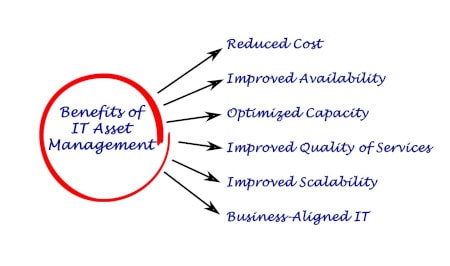Why CMIT Solutions and not another Durham IT Support Provider or IT Consultant?
CMIT Solutions of Chapel Hill provides Managed IT service packages and professional IT support services ranging from 24/7 monitoring of servers and software to secure off-site data storage, help desk support, telecommunications and voice services, managed print, and cloud computing, just to name a few.
CMIT Solutions of Chapel Hill offers the Durham, NC area proactive computer support and technology management services at affordable, consistent monthly rates. Our subscription model allows your business to effectively budget for and plan IT expenses, saving you money and time in the long run.









